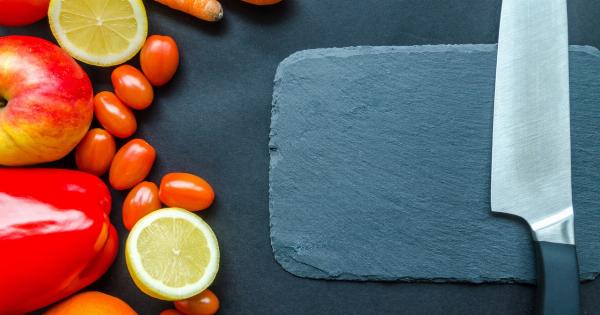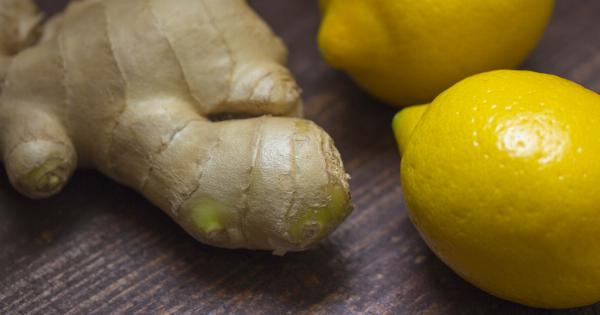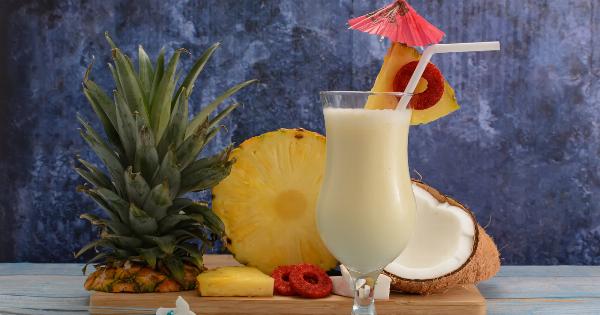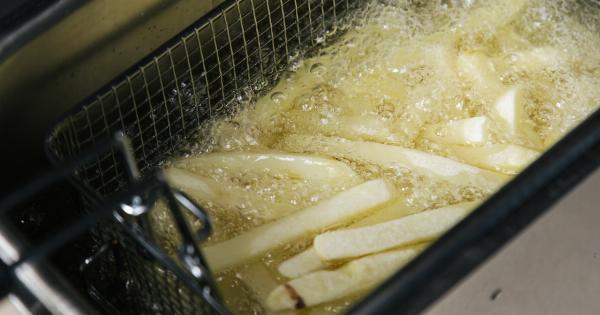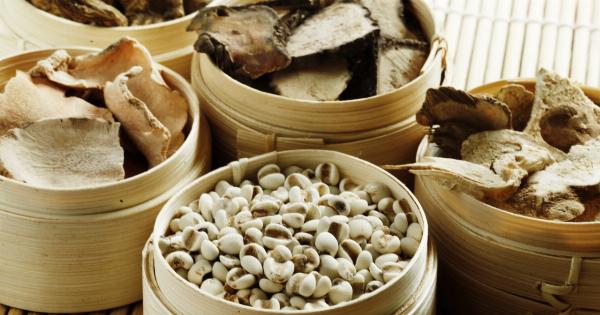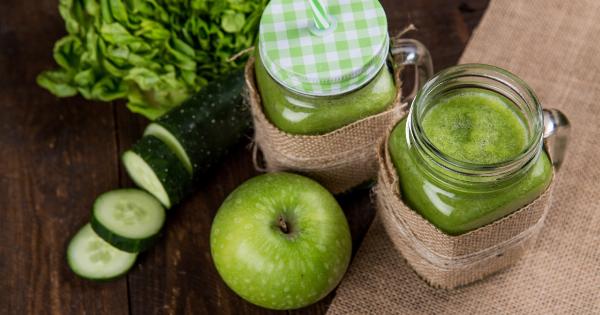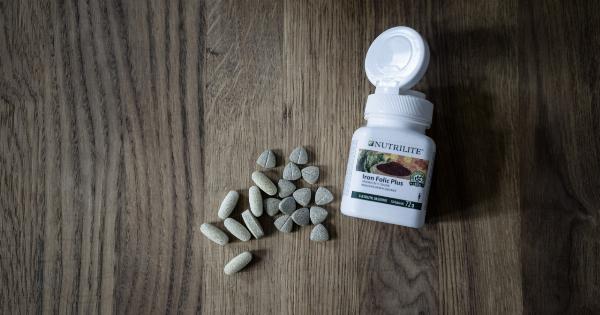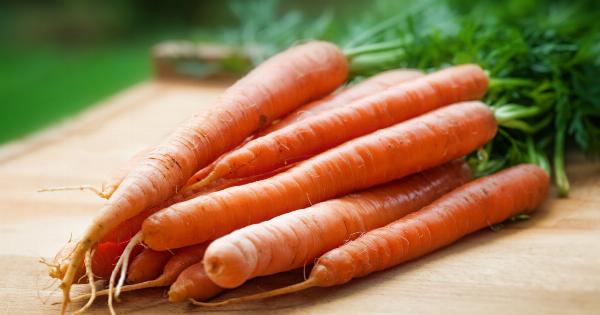Choosing between red and white wine can be a daunting task, especially with the wide variety of options available. Each type of wine has its own distinct characteristics that make it suitable for different occasions and pairings.
Whether you’re a novice wine enthusiast or a seasoned connoisseur, understanding the differences between red and white wine can help you make an informed decision. In this article, we explore the key features of red and white wine, their health benefits, flavor profiles, and popular food pairings. So, pour yourself a glass, sit back, and let’s dive into the fascinating world of red and white wine.
1. What Makes Red and White Wine Different?
One of the most noticeable differences between red and white wine lies in their color. Red wines typically range from shades of light red to deep purple, while white wines vary from pale yellow to golden hues.
But the color is just the tip of the iceberg; the distinctions go much deeper. The key differences between red and white wine lie in the grape variety used, the winemaking process, and the fermentation techniques employed.
2. Grape Variety
Red and white wines are made from different grape varieties. Common red wine grapes include Cabernet Sauvignon, Merlot, Pinot Noir, and Syrah.
These varieties are known for their thicker skins, which impart rich flavors, tannins, and vibrant colors to the final product. On the other hand, white wine grapes like Chardonnay, Sauvignon Blanc, and Riesling have thinner skins, resulting in a lighter color and more delicate flavors.
3. Winemaking Process
The winemaking process for red and white wine also differs significantly. Red wine is typically produced by fermenting the crushed grapes together with their skins.
This process allows the extraction of tannins, color, and flavor compounds from the skin, resulting in a more complex and intense wine. In contrast, white wine is made by separating the grape juice from the skins before fermentation. This technique helps retain the wine’s light and crisp characteristics, without the influence of the skins’ compounds.
4. Fermentation Techniques
Yeasts play a vital role in the fermentation process. For red wine, fermentation usually occurs at higher temperatures to extract maximum flavors and tannins. This process, known as maceration, can take several weeks to complete.
On the other hand, white wine undergoes a cooler fermentation process to preserve the delicate aromas and flavors. This shorter fermentation period ensures that the wine retains its freshness and fruitiness.
5. Flavor Profiles
The flavor profiles of red and white wine are drastically different due to variations in grape variety, winemaking process, and fermentation techniques.
Understanding these distinctions can help you choose the right wine for your preferences and the occasion.
5.1 Red Wine Flavor Profiles
Red wines typically have robust and complex flavor profiles. They often exhibit rich notes of dark fruits such as blackberries, cherries, and plums. Additionally, red wine can showcase hints of spices like pepper, cloves, and cinnamon.
The presence of tannins provides a drying sensation in the mouth and contributes to the wine’s structure. Ageing red wines in oak barrels adds flavors like vanilla, tobacco, and chocolate. Overall, red wines offer depth, warmth, and a lingering finish.
5.2 White Wine Flavor Profiles
On the other hand, white wines are renowned for their refreshing and crisp flavors. They can display a wide array of aromas, ranging from zesty citrus fruits like lemons and grapefruits to tropical fruits like pineapple and mango.
Some white wines may exhibit floral notes, such as jasmine or honeysuckle, adding to their aromatic complexity. The acidity in white wine gives it a lively character and a clean finish, making it ideal for sipping on warm summer days.
6. Health Benefits of Red and White Wine
Both red and white wine offer a range of health benefits when consumed in moderation. However, it is worth noting that excessive alcohol consumption can lead to adverse health effects.
Here are some of the potential benefits associated with red and white wine:.
6.1 Red Wine Health Benefits
Red wine contains antioxidants, particularly resveratrol, which is believed to have heart-healthy properties.
Resveratrol may help reduce the risk of cardiovascular diseases by increasing levels of high-density lipoprotein (HDL) cholesterol, commonly known as the “good” cholesterol, and preventing the formation of blood clots. Some studies suggest that moderate red wine consumption can also contribute to reducing inflammation and promoting longevity.
6.2 White Wine Health Benefits
While red wine often takes the spotlight when it comes to health benefits, white wine also offers its own advantages. White wine contains antioxidants, such as flavonoids, which may have anti-aging and anti-inflammatory effects.
Additionally, moderate consumption of white wine can support cardiovascular health by improving blood vessel function and reducing the risk of heart diseases. Remember, moderation is key, and excessive alcohol consumption can outweigh any potential benefits.
7. Food Pairings
Pairing the right wine with your favorite dish can enhance the overall dining experience, complementing the flavors and textures. Here are some popular food pairings for red and white wine:.
7.1 Red Wine Food Pairings
Red wines are often paired with bold-flavored dishes and red meats. The robustness and tannins in red wine can stand up to richer flavors and proteins.
For instance, a full-bodied Cabernet Sauvignon pairs excellently with a succulent steak, while a fruity Pinot Noir complements roasted duck or grilled salmon. Additionally, red wine pairs well with hard cheeses like aged cheddar, Gouda, or Parmesan, enhancing their savory notes.
7.2 White Wine Food Pairings
White wines are versatile and pair well with lighter dishes, seafood, and poultry. Crisp, zesty wines like Sauvignon Blanc or Riesling work wonderfully alongside fresh seafood, such as oysters, shrimp, or grilled fish.
Chardonnay, with its buttery and creamy texture, complements dishes like roast chicken, lobster, or creamy pasta. White wine also accentuates the flavors of soft cheeses like Brie or Camembert, providing a delightful combination.
8. Making the Right Wine Choice
When it comes to choosing between red and white wine, personal preference reigns supreme.
Exploring various wine varietals, attending wine tastings, and experimenting with different food pairings can help you refine your palate and discover your preferred styles. Remember to consider the occasion, the flavors you desire, and the dishes you plan to enjoy with the wine.
Whether you opt for a bold and intense red or a light and refreshing white, the key is to savor the experience and appreciate the nuanced flavors each wine has to offer.
Conclusion
Whether you choose red or white wine, each offers its own unique charm and characteristics.
Understanding the differences between these two types of wine, from grape variety and winemaking techniques to flavor profiles and health benefits, can guide you towards selecting the perfect wine for any occasion. So, next time you’re making a wine choice, take a moment to consider the flavors, aromas, and pairings that will bring you the most enjoyment. Cheers!.




